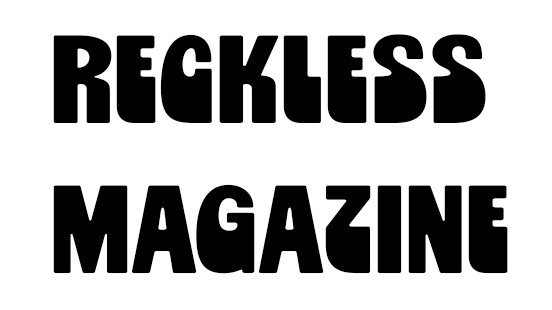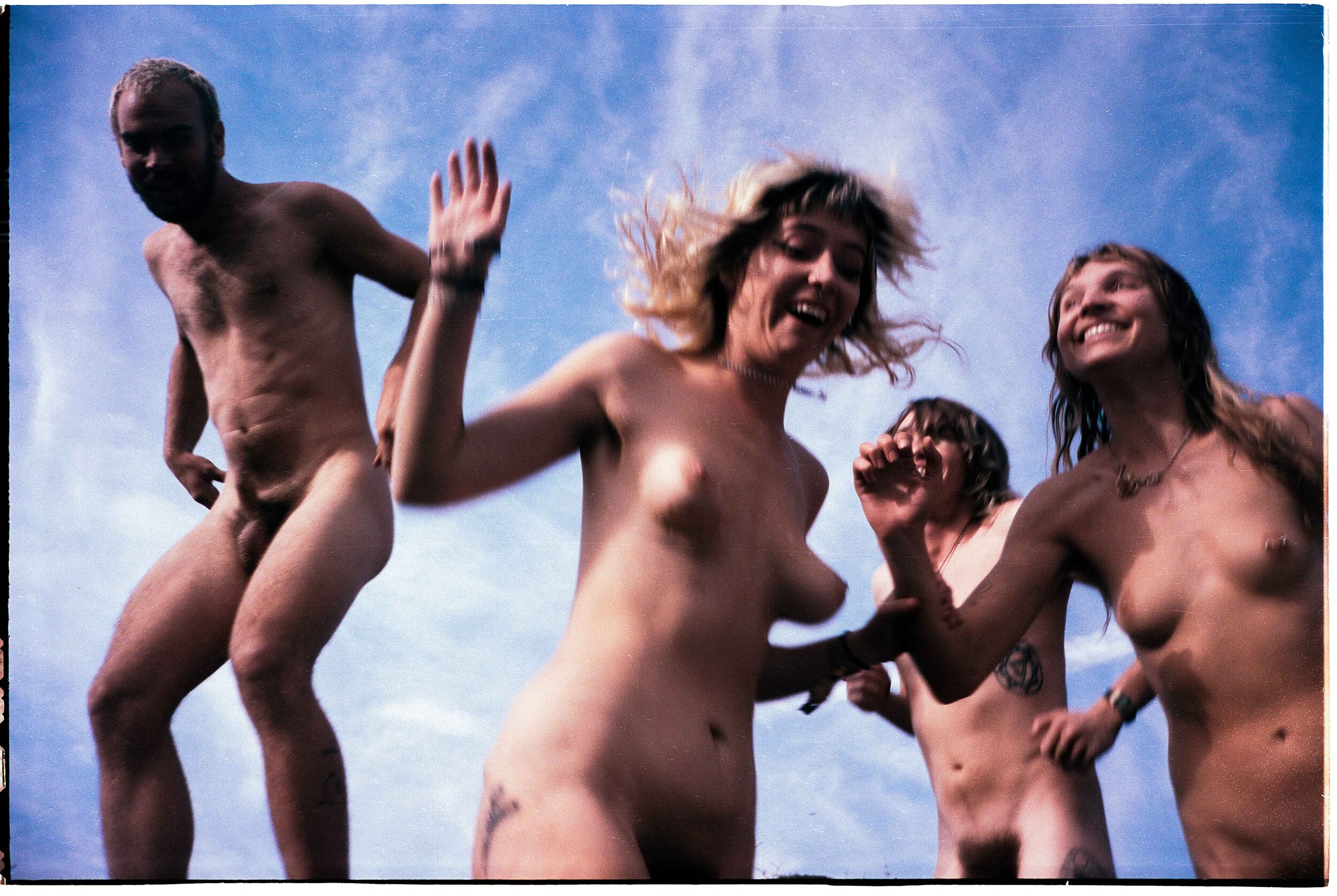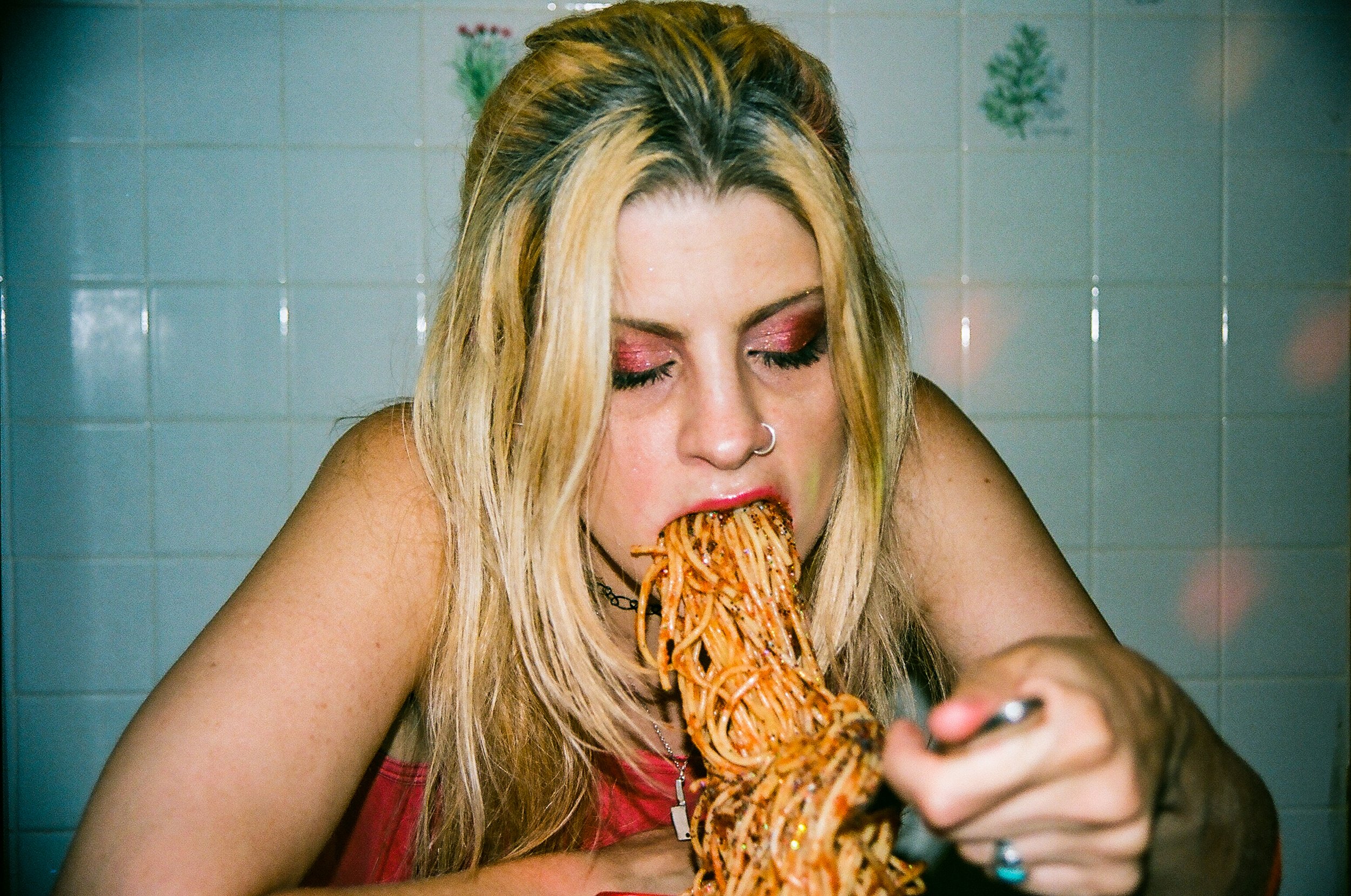The Surrealist

Honoring Poetic Vessels
Photography By Mike Walrond
Film photographer Mike Walrond talks about combining beauty and destruction, film as an ever evolving process, and his series “Destroyed Film”.
San Diego, USA
What is your history as a photographer?
I got into photography by accident. I’m ashamed to say this but I used to have no love for photography as a medium, I had a really terrible first experience in art school that made me disconnect with it. About four years ago, I was working in the creative corporate world in Los Angeles. I was part of a huge team doing 50 international commercials for Procter & Gamble's Tampax brand. During the project, I met the creative director, Christopher Everett, and we became fast friends. Back then, I was deeply consumed by graphic art/editing images. Everett looked at my work and said, "Stop using other people's images to create your art!" I can't remember if it was days or a week later, but Everett showed up with a Leica Dlux and gave it to me. From that point on, I made it my mission to manipulate images without any post-production or editing software. I used projections, colored light, iridescent origami paper as filters, and space blankets as backdrops.
Digital photography was a very transformative journey for me, It was an awesome year of unfiltered creativity. My second year of photography I was introduced to film. My studio neighbor August Williams at ArtHatch Studios asked me, "Why don't you shoot film?" It never occurred to me to shoot film or even to try it. August sold me my first film camera, a Canon AE-1 for 75 bucks. My first portrait session I had no idea what the hell I was doing. I just knew the film would be darker due to the lighting. By instinct, I pushed the film. It was Ilford HP5 400 film to 100 ISO. The images turned out amazing and I was purely entrapped by the film's hypnotic depth and haven't gone back since.
How would you describe your style ?
I guess in many ways I'm a surrealist, I want to mind fuck the observer through emotion, lighting, and various analog manipulation techniques. I've been developing my style over the past ten years through creative work, educating my eye and inspiration. When I first started shooting film three years ago I wanted to capture the female form in a vulnerable and honest way. As a photographer most representations I saw from other male photographers were overly sexualized representations of women. I believe the body is a work of art, an emotive, poetic vessel of inspiration and it should be honored. My experiences and how I interpret them are mine alone and they directly influence my work which inherently makes it unique.
Why use 35mm film versus digital? How does film help you express yourself?
Film has a beautiful hypnotic that is unmatched by anything else. It's a constant ever evolving process that I'm madly entrapped and in love with.
Tell the story behind one of your images
This series is entitled "Destroyed Film" and has been in development for the past 3 years, it's one that combines beauty and destruction. The process to create these images takes about a month, first I start with soaking the film in water for about a week, the second part of the process is top secret so I can't share that here but it takes an additional week, third I remove the film from the water and leave it to dry in the fridge for about a week to week and a half, the final step is scanning and development.
Who are your subjects?
My subjects are mostly women, and the way I pick them is based on feeling or spark. What's really important to me is raw emotion.
As a photographer, what have been some things you've struggled with? How did you overcome them?
I struggle with letting go sometimes and with film you never know what you're going to get. The best way to overcome this for me is through process and every result is a learning experience.
What's next for you?
What's next for me is a creative journey through Europe and hopefully an exhibition at the end of it.





